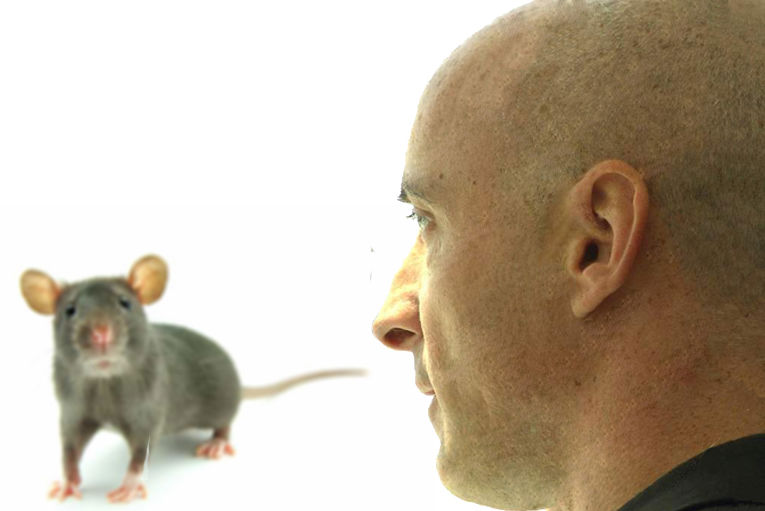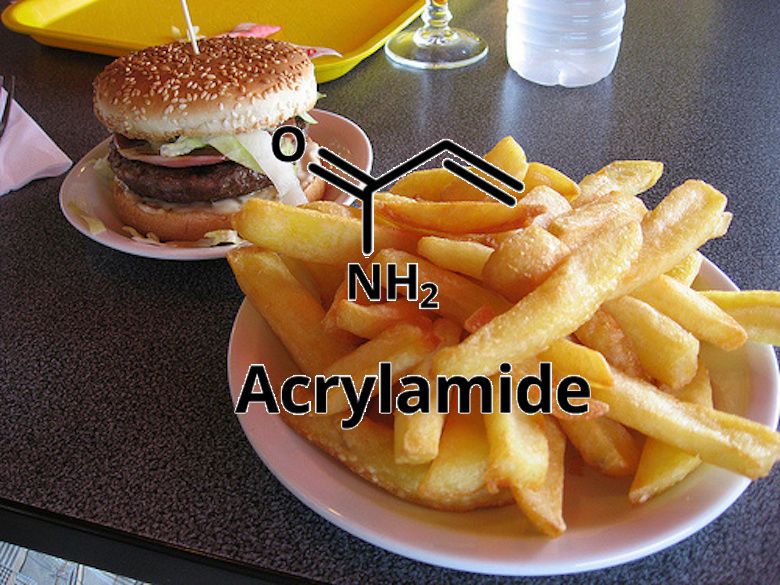Safety Assessment and Single-dose Toxicokinetics of the Flavouring Agent Myricitrin in Sprague–Dawley Rats
Robert Maronpot2023-07-02T13:36:39+00:00Myricitrin, a flavonol rhamnoside of myricetin extracted from the Chinese bayberry (Myrica rubra Siebold) plant, has been used in Japan since 1992 as a flavour modifier in snack foods, dairy products, and beverages. It is affirmed as generally recognised as safe (GRAS) by the US Flavour and Extract Manufacturer Association (FEMA) and is [...]






